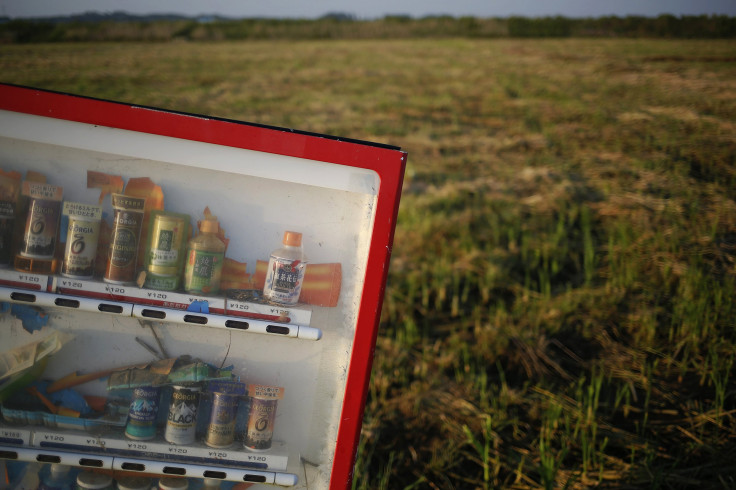Fukushima Rice Exports, Halted Since 2011, To Resume Soon: Report

Japan will resume exporting rice grown in the Fukushima prefecture for the first time since the 2011 Fukushima Daiichi nuclear power plant disaster, a spokesperson for the National Federation of Agricultural Co-operative Associations, also known as Zen-noh, told Agence France-Presse, or AFP, on Tuesday.
About 660 pounds of rice harvested at Sukagawa city, located in the central part of the prefecture, will be exported to Singapore in the coming months, the spokesperson reportedly said. “We will check the rice thoroughly in Fukushima before shipping it overseas, and then the bags will undergo another check in Singapore.”
Before the Fukushima nuclear disaster, which was caused by an earthquake and ensuing tsunami in March 2011, more than 100 tons of rice, peaches and apples were being exported from the prefecture annually to Hong Kong and Taiwan, an unnamed Zen-noh official told AFP. However, following the disaster, farmers in the region have struggled to find buyers for their produce.
“Despite our efforts at explaining the safety of Fukushima-made farm products, up until now we have not been able to find retailers who wished to trade rice grown in Fukushima,” the official said.
He also added that the rice bound for foreign markets had been grown at a distance of more than 50 miles from the crippled nuclear power plant and had been thoroughly checked for radioactivity. “Our rice is proved to have passed the government safety standard of 100 becquerels per kilogram, and is mostly below detection levels,” he told AFP.
© Copyright IBTimes 2025. All rights reserved.






















